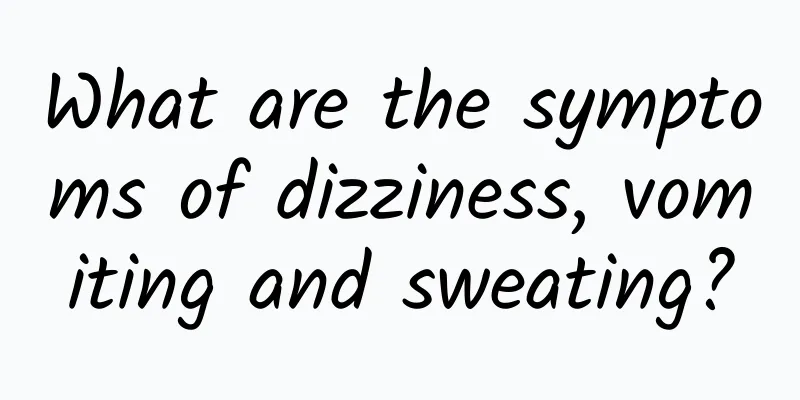What causes encephalitis in children?

|
Encephalitis in children is relatively common in life, which is quite harmful to children's health. Encephalitis in children is mostly caused by viral infection. At this time, children often have symptoms such as fever, fear of light, runny nose, etc., which can cause high fever. The main cause of encephalitis is the decline of body immunity and virus invasion, which leads to virus activation. There are also many ways for viruses to spread. What causes encephalitis in children? HSV is a neurotropic DNA virus, which is divided into type I and type II. About 90% of human HSE is caused by HSV-I type, and 6%-15% is caused by HSV-II type. HSV-II usually causes primary infection of the oral cavity and respiratory tract, which lasts for 2-3 weeks. It travels retrogradely along the axons of the trigeminal nerve to the trigeminal ganglion and exists in a latent form. When the body's immunity is low, it can induce viral activation. About 70% of HSE are caused by endogenous viral activation; about 25% of cases are caused by primary infection. HSV may directly invade the cerebral lobes through the olfactory bulbs and bulbar fasciculus, or after oral infection, the virus may enter the brain through the trigeminal nerve and cause encephalitis. The vast majority of neonatal HSE is caused by HZV-II, which is usually caused by contact between the mother's reproductive tract secretions and the fetus during delivery. HSV-II can also be transmitted through sexual contact. In adults, HSV-II usually causes aseptic meningitis rather than encephalitis. HSV-I encephalitis is an acute necrotizing asymmetric hemorrhagic lesion that often involves the medial temporal lobe and the inferior frontal lobe, accompanied by lymphocyte and plasma cell reactions, intranuclear CowdryA type inclusions in neurons and glial cells, pia mater congestion, and lymphocyte and plasma cell infiltration. Cystic necrosis of the affected area may be seen in recovering patients.Daily care 1. Follow the general nursing routine of neurology department. 2. Maintain nutrition, pay attention to skin cleanliness, and prevent bedsores. People with mental disorders, especially those who are excited and agitated, should be given more protection to prevent exhaustion or self-injury or harm to others. For cases of dementia, aphasia and paralysis, we provide patient guidance and help patients do functional exercises to prevent limb contractures. The symptoms disappeared, blood and cerebrospinal fluid examinations were normal, and the patient could be discharged from the hospital. One week and 1 to 2 months after discharge, the patient should be re-examined in the outpatient clinic to check neurological signs, blood routine, and cerebrospinal fluid if necessary. 1. Patients who are conscious, have recovered well in nervous system function, and can take care of their personal lives can be discharged from the hospital or transferred to another hospital for recuperation. 2. Follow up in the outpatient clinic or by correspondence every 3 to 6 months to understand the recovery status. |
<<: What to do if your child refuses to eat complementary food
>>: What causes children to have eye bags?
Recommend
What is the cause of the lower abdomen pain
Sometimes we experience dull pain in the lower ab...
What to do with the round calluses on the toes
It is common to have round calluses on the toes. ...
How to regulate Yin deficiency and Yang hyperactivity with food
Many people's physical constitution cannot ke...
The harm of anesthesia to the body
Painless abortion surgery is very common nowadays...
Is cerebral infarction scary?
Cerebral infarction is a relatively common diseas...
The efficacy and function of fish glue can improve appetite and treat constipation
Fish maw is a product that can beautify the skin ...
What are the symptoms of vestibular dysfunction?
Vestibular function plays an important role in th...
Which department should I go to for tinnitus? What methods does traditional Chinese medicine use to treat tinnitus?
When tinnitus occurs in people, the patient's...
Is it useful to take folic acid after pregnancy?
As we all know, folic acid is a water-soluble vit...
I took anti-inflammatory drugs for three days but still have toothache
Teeth are a very important part of our body. Alth...
What kind of exercise can elderly people with muscle atrophy do?
It is very normal for middle-aged and elderly peo...
Can I donate blood while I am pregnant?
Good conditioning is very important during the pr...
How often should I have a lung CT scan?
How often should lung CT be reviewed? It is recom...
The upper tooth hurts and then the lower tooth hurts too
Toothache is a common phenomenon in life. When to...
Is your child's eyelid swollen after being bitten by a mosquito?
Everyone knows that mosquitoes generally like to ...









